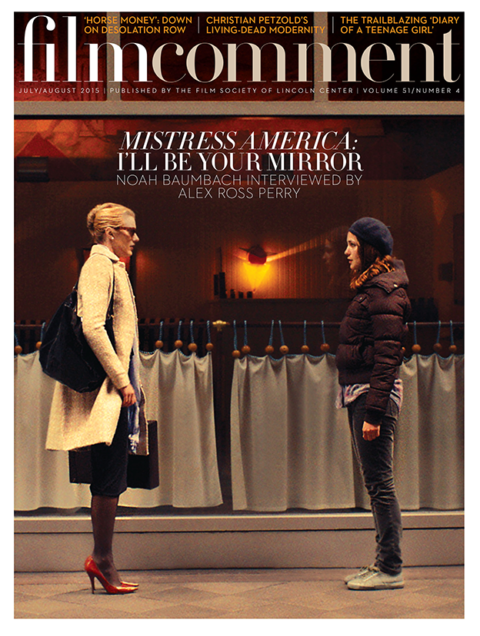
Short Takes: Amy
For his follow-up to the haunting racecar driver chronicle Senna, Asif Kapadia chooses a pop-culture tragedy with proven appeal. But it’s an open question as to whether the rise from obscurity and well-publicized fall of Amy Winehouse is a productive match for Kapadia’s archivally driven brand of storytelling as visual reassembly.

Amy opens with a cherubic Winehouse singing at her friend’s 14th birthday party and finishes, logically if unenlighteningly, with her demise from alcohol poisoning in July 2011. In footage collected from public and private sources, showing her in and out of performance (and blurring the distinction), the talented North London–born star is as bracingly brash and vulnerable as ever, leaping off the screen. Kapadia layers in new audio interviews with family, friends, and associates which are somber or shaky with regret, or unpleasantly self-exculpatory.
But the voyeurism that Kapadia managed to evade with Senna becomes inescapable in Amy, with the story having the added weakness of feeling warmed-over thanks to Winehouse’s extensive media exposure while her travails were unfolding. Her exploitation and heartbreak—saddled with a lover and a father who contribute to her destruction in different ways—are shattering, but Kapadia’s protracted run-down isn’t insightful enough to avoid the appearance of rubbernecking. Perhaps no one portrayed Winehouse more movingly than she herself did in song, and there’s something almost clueless about scrutinizing secondhand footage for what her music already conveys.





